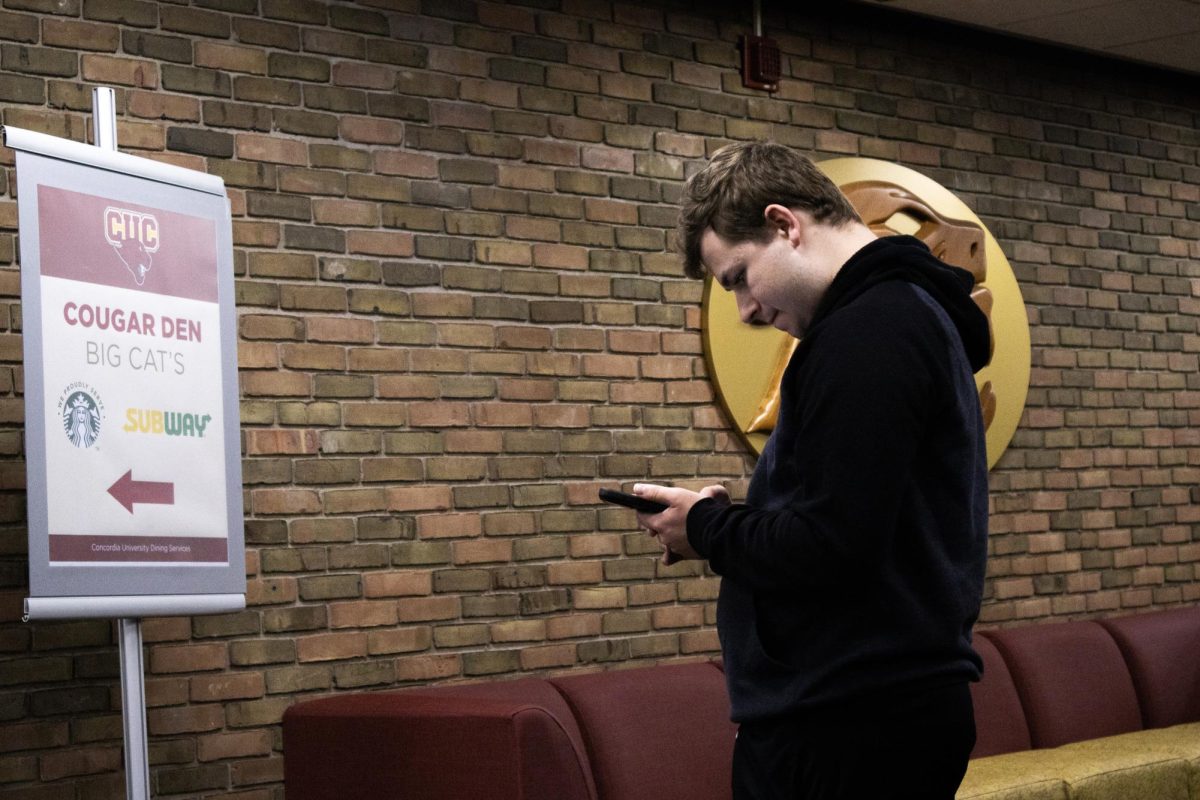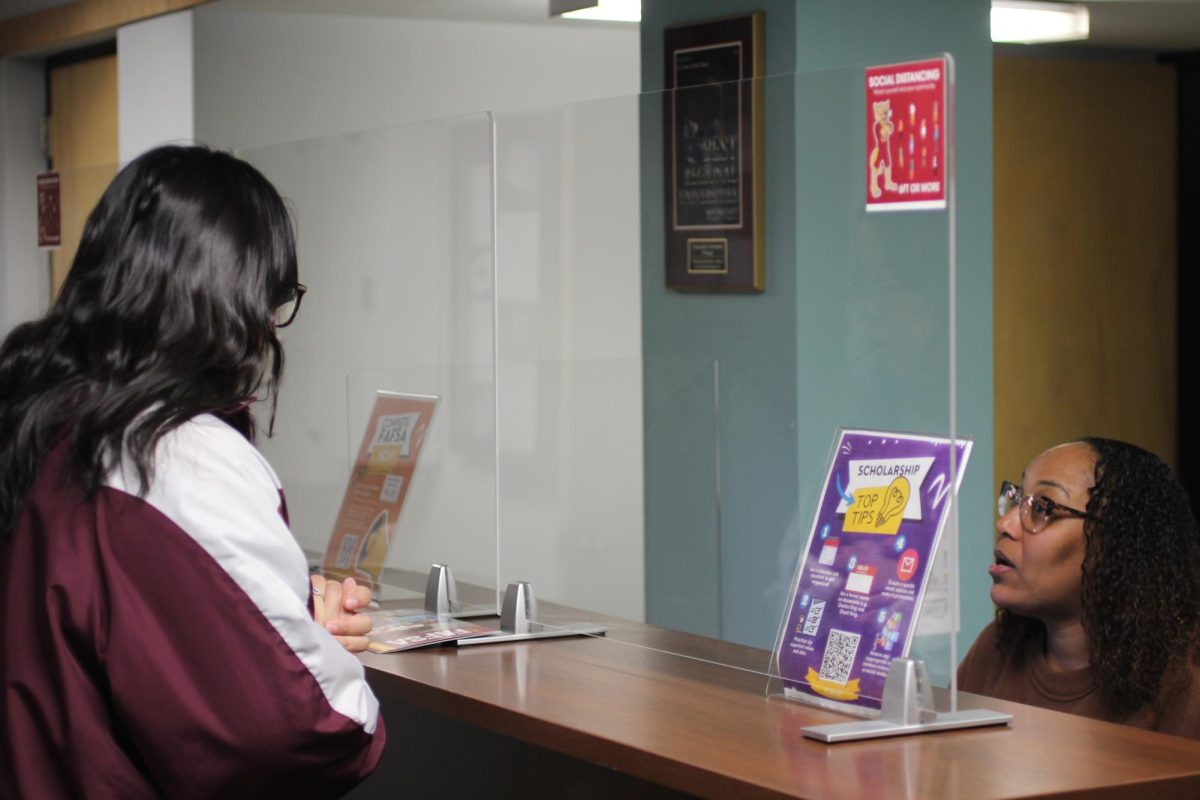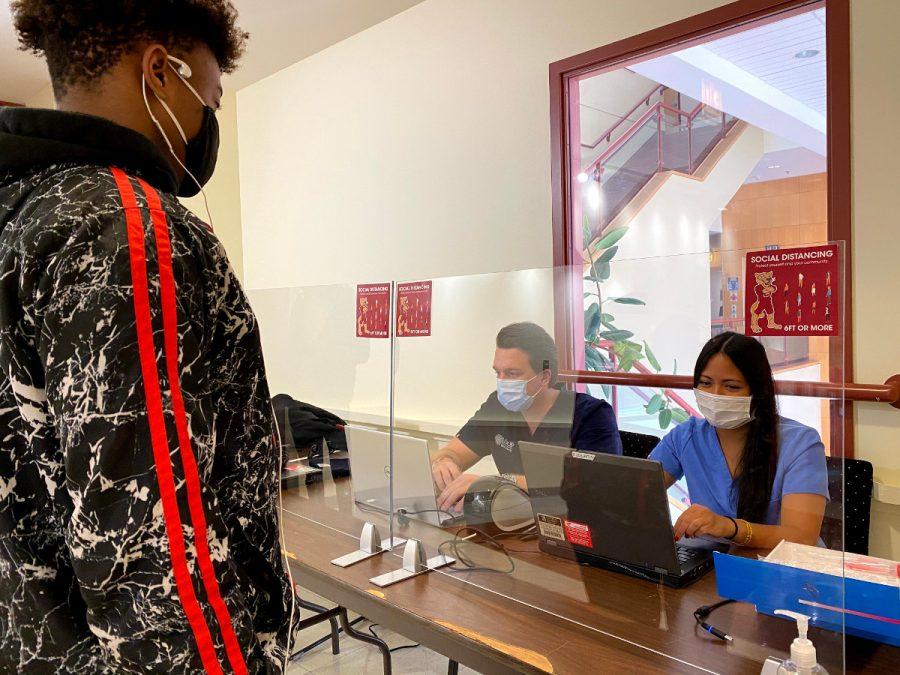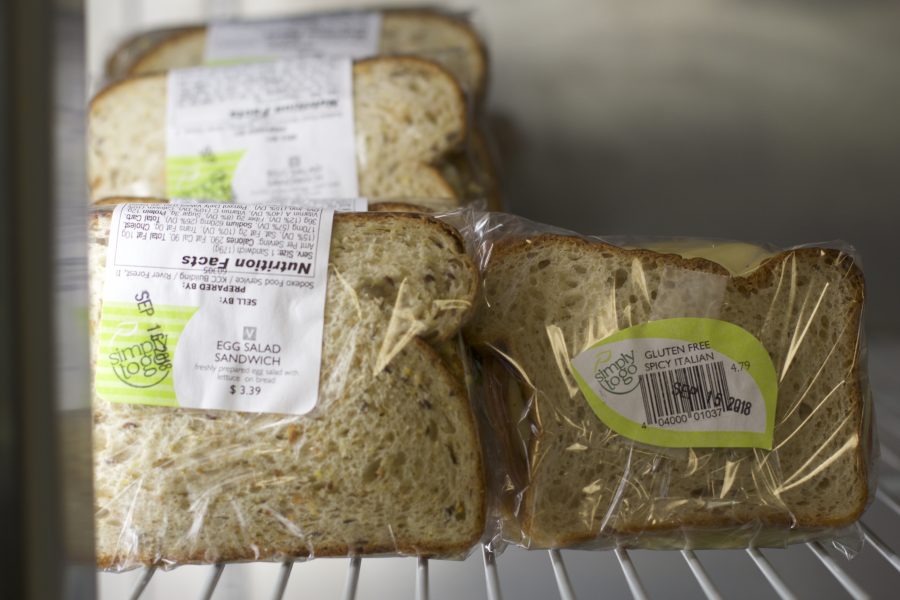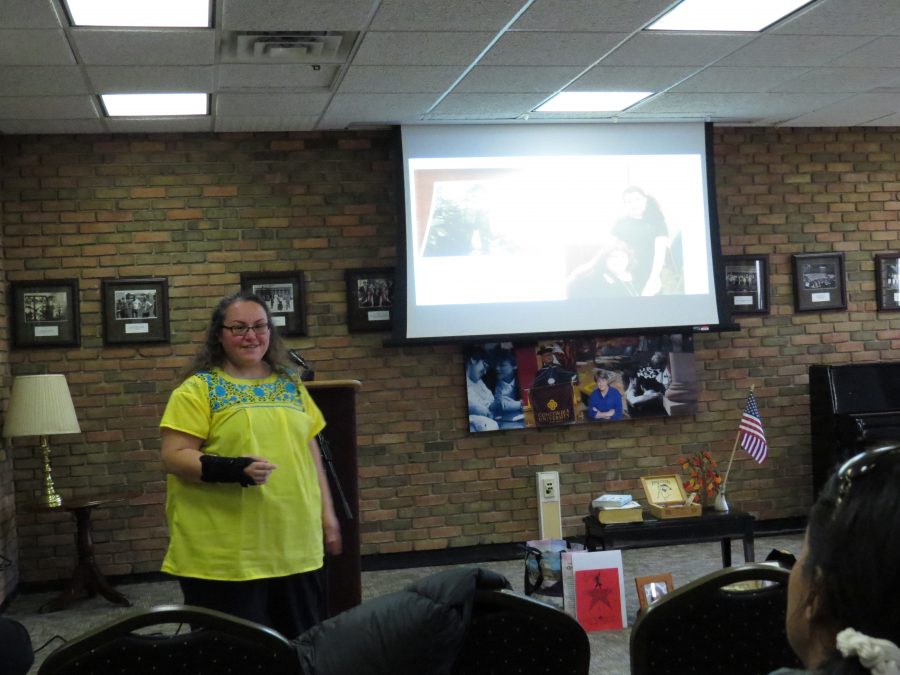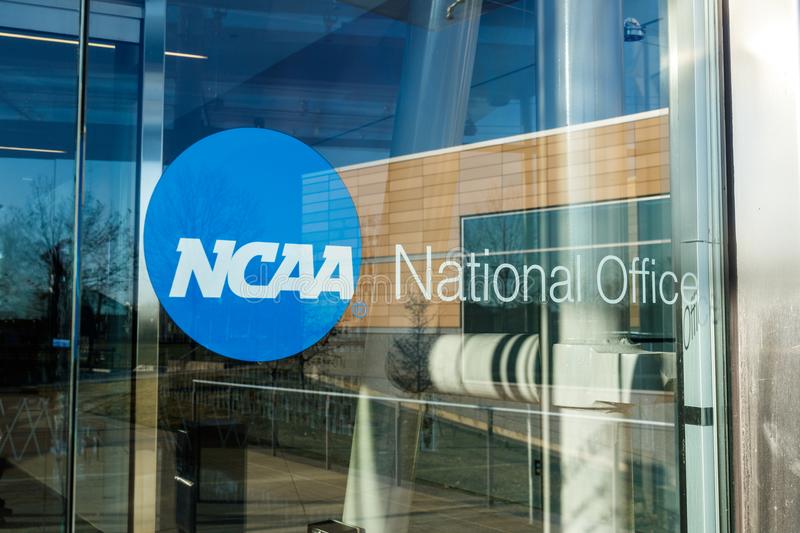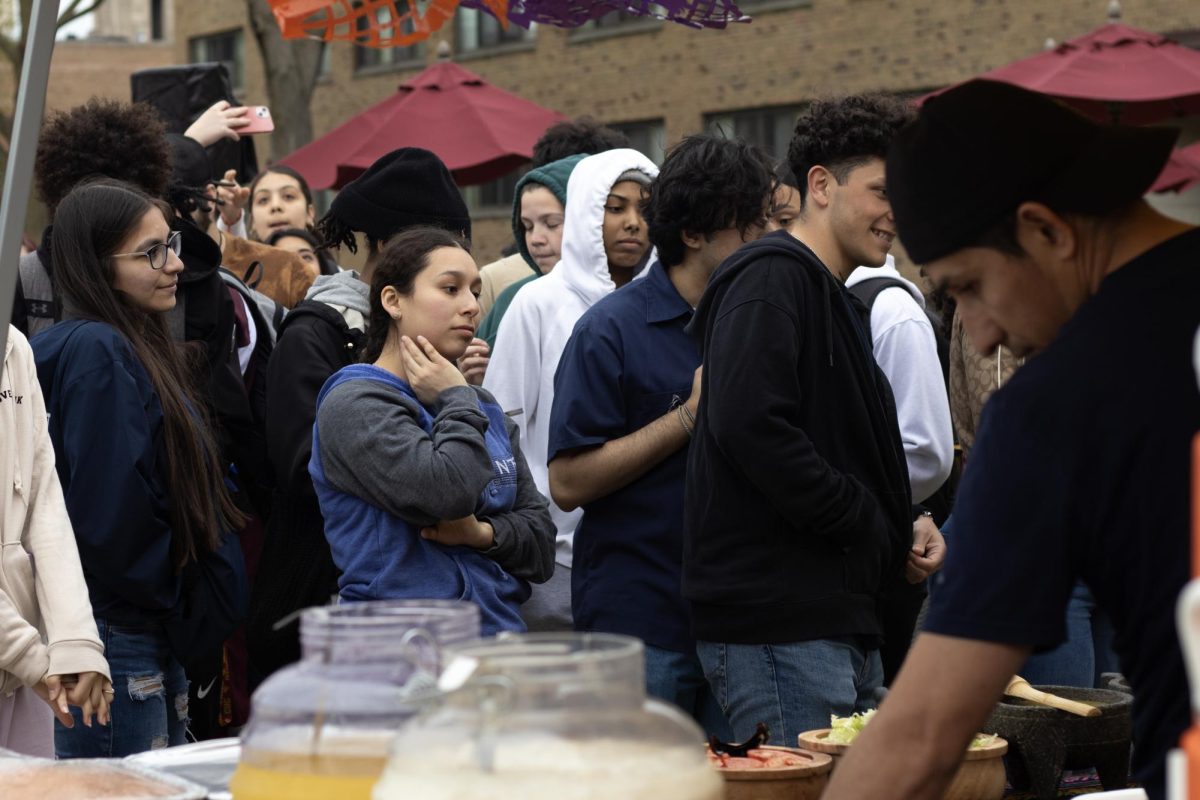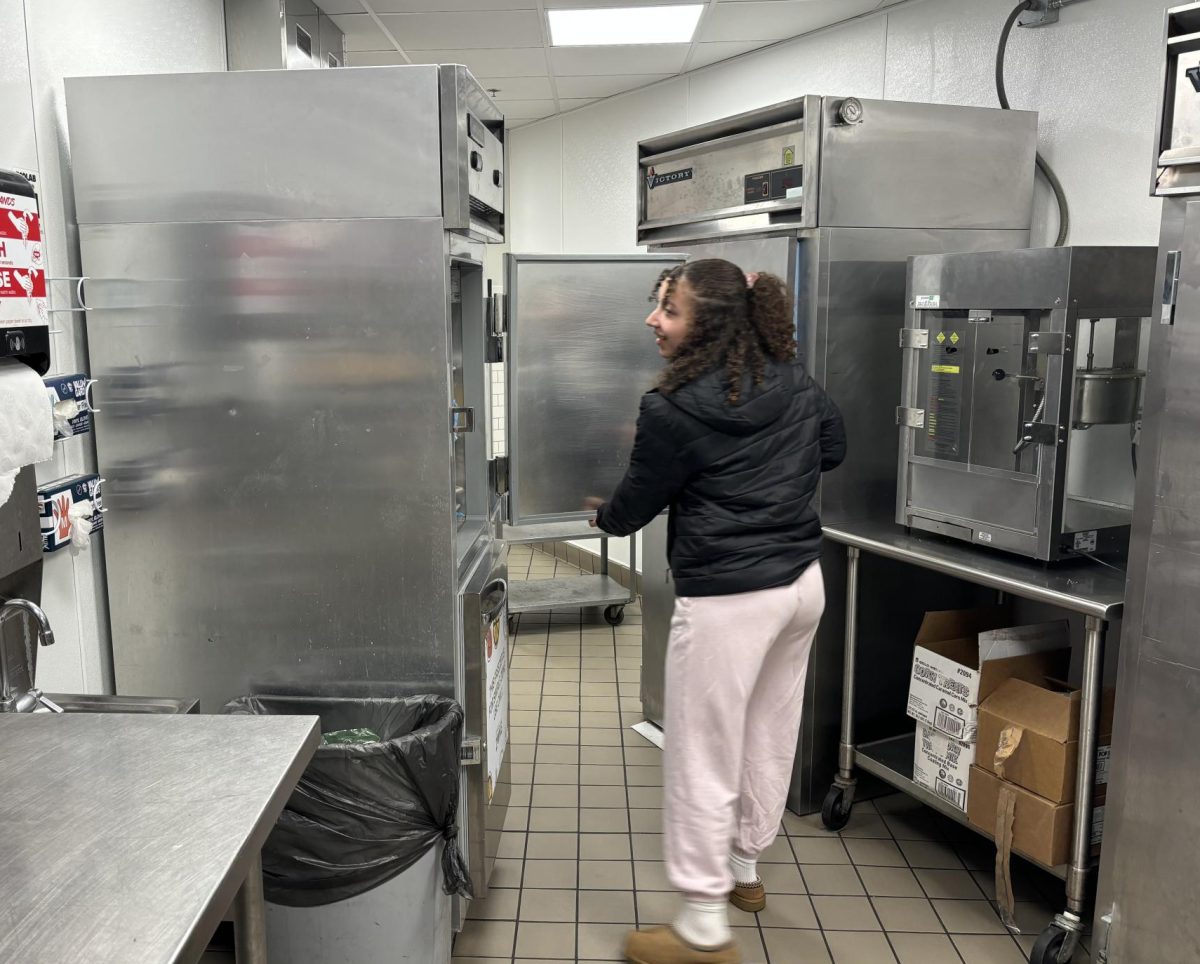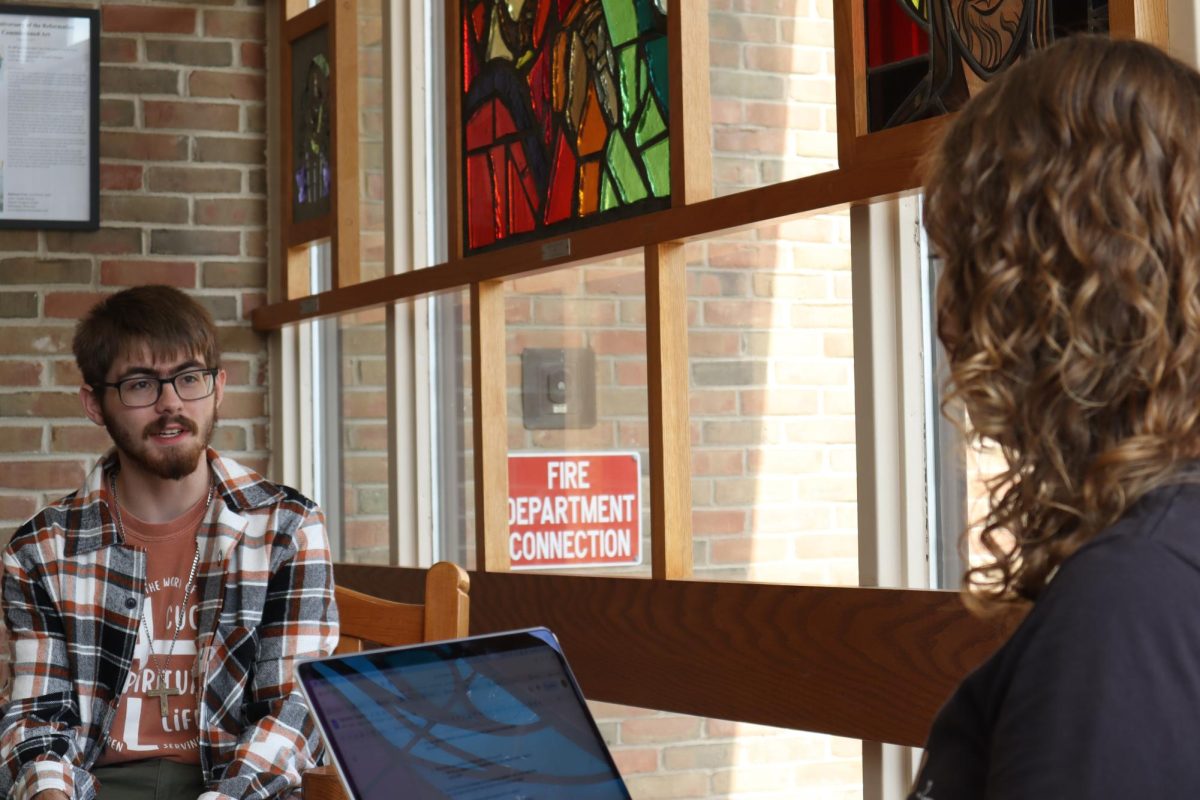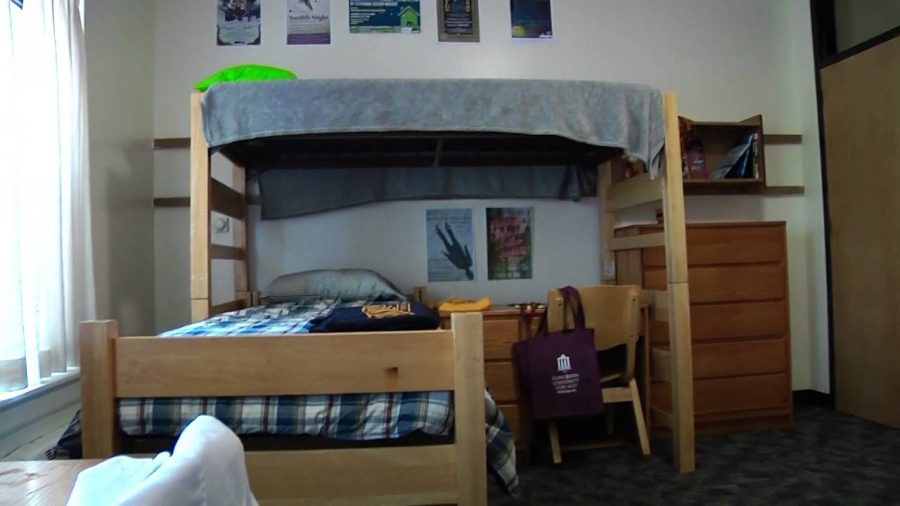At 11:00 a.m. on most weekdays, freshman Amirah Shakir heads to the “Sizzle” station in the Crossroads Dining Room. She asks for a grilled chicken sandwich without the bread and fries — the same meal she orders at every lunch and dinner on campus.
Shakir watches warily as the cafeteria workers prepare her gluten-free and dairy-free meals without changing their gloves. If the gloves have already touched a sandwich or flour tortilla before touching her food, Shakir risks triggering a painful allergic reaction.
Shakir, like a small portion of students at CUC, must avoid eating gluten and dairy products because of dietary restrictions caused by allergies or illnesses including leptin and insulin resistance, celiac disease, Crohn’s disease, and ulcerative colitis.
Although Shakir has found meals at CUC that accommodate her allergies, she feels limited because most of the cafeteria’s options contain some form of gluten, a protein found in wheat, barley, and rye grains, or are prepared in the same fryer that cooks foods with gluten.
“Even at ‘Classics,’ sometimes they’ll have meats that are naturally gluten-free,” Shakir said. “But they’ll always add something to it like barbecue sauce, which has gluten in it.”
For dietary and allergy-restricted students, the cafeteria provides a limited selection of hypoallergenic food items in the Simple Zone. This area tries to contain foods with ingredients that are as neutral and simple as possible. However, these options are paltry compared to the quality of food prepared by the chefs of Sodexo, the company in charge of all food operations on campus, which feature meals like barbeque chicken, turkey with gravy, chicken nuggets, or French fries.
The Simple Zone is toward the back of the cafeteria near where the dirty dishes are returned. On shelves and in a pair of freezers, students can find granola bars, cookies, gluten-free bread, chicken nuggets, and pasta. Students can use the microwave there to heat the frozen items, however, these meals lack the taste, substance, and texture of freshly cooked meals.
“Sometimes I’ll eat something with gluten, and just deal with a stomach ache because I don’t want to eat that food,” said senior Meagan Wilkinson-McQuaid. “The bread is freezer-burned, and they don’t really have many options.”
Sodexo, each day, has taken statistics of food taken by students and compiled them into a running spreadsheet. They use these statistics to predict what the students on campus would want to eat. This helps Sodexo prepare a menu five weeks in advance for the café.
This results in a double-edged sword for students with allergies, however. Because of their section and limited options, their statistics seem negligible compared to the large population of students who eat at the café. To counter this, Sodexo asks students to make suggestions to help with accommodations by filling out cards that are placed around the cafeteria and can be found in the Simple Zone.
“We have comment cards, but they have to take initiative,” said Wesley Herwaldt, production manager and chef for Sodexo. “People with these allergies are accustomed to doing this.”
Sodexo does have the capability to expand its gluten-free and dairy-free options. Before certain campus events, for example, organizers can let Sodexo know about dietary restrictions ahead of time so accommodations can be made.
“When someone has celiac disease, like at the baseball banquet, we prepare all food separately,” Herwaldt said. “This was done by cooking separate pasta and chicken, made with gluten-free bread crumbs, that were packaged to prevent cross-contamination.”
While Sodexo cooks these special meals for banquets, and they prep meals for athletes on campus, the cafeteria doesn’t have enough cooks to prepare meals for students with restricted diets at every breakfast, lunch, and dinner resulting in food in the simple zone to be prepared by students.
While the Sodexo staff asks students to make suggestions, students like Shakir and Wilkinson-McQuaid believe this isn’t enough.
“When I get grilled chicken sometimes I’ve noticed that even though they wear gloves, they’ll touch the bun and they’ll touch the chicken with the same hand,” said Shakir. “I wish I could ask them to change their gloves, but sometimes they’re kind of mean about things like that.”
When cooks use the same gloves and utensils for different items, food that would normally present no allergy concerns has the risk of cross-contamination. For example, the French fries found in the cafeteria and the Den are made from potatoes, which contain no gluten. But if those fries are cooked in the same frying oil as chicken nuggets and mozzarella sticks, which are coated in wheat-based breadcrumbs, they become contaminated with gluten. The same happens to the fries at Sizzle when they are prepared next to chicken nuggets.
This forces students to stick to consistent meals in the café like the grilled chicken provided by Sizzle, deli meats, the vegetables provided at farmer’s fields, and some meats at Classics if they are prepared without gravy or barbecue sauce.
To avoid that risk, Wilkinson-McQuaid often prepares her meals in a shared kitchen in Concordia Hall, while Shakir subsists on snacks and other items she purchases for herself.
“I really just spend my own money and go to the grocery store to get gluten-free things,” said Wilkinson-McQuaid, who is on the soccer team. “This sucks, because I pay for a meal plan. They can’t accommodate people, or I just wasn’t eating stuff that I should be eating as a student-athlete. Salad is not going to fill me up every meal.”
Concordia offers three types of meal plans, including unlimited dining hall swipes or a meal plan that allows more Cougar Cash. Both Shakir and Wilkinson-McQuaid continue to pay between $1,790 to $1,940 per semester for a meal plan they often don’t use.
“People are paying for a meal plan to have the options and variety that they have,” Shakir said. “But we don’t have a choice, we are just forced to eat the same thing every day.”


